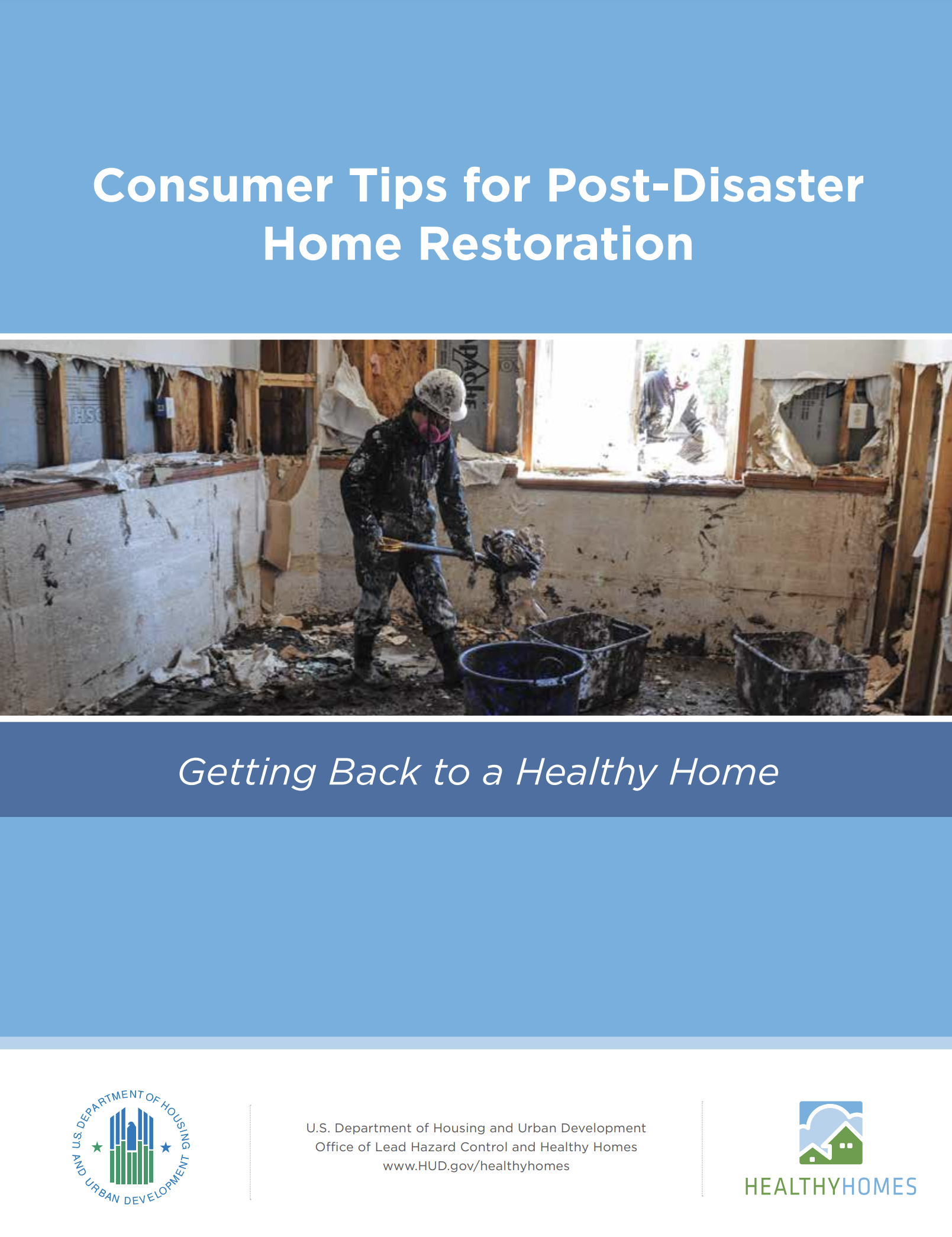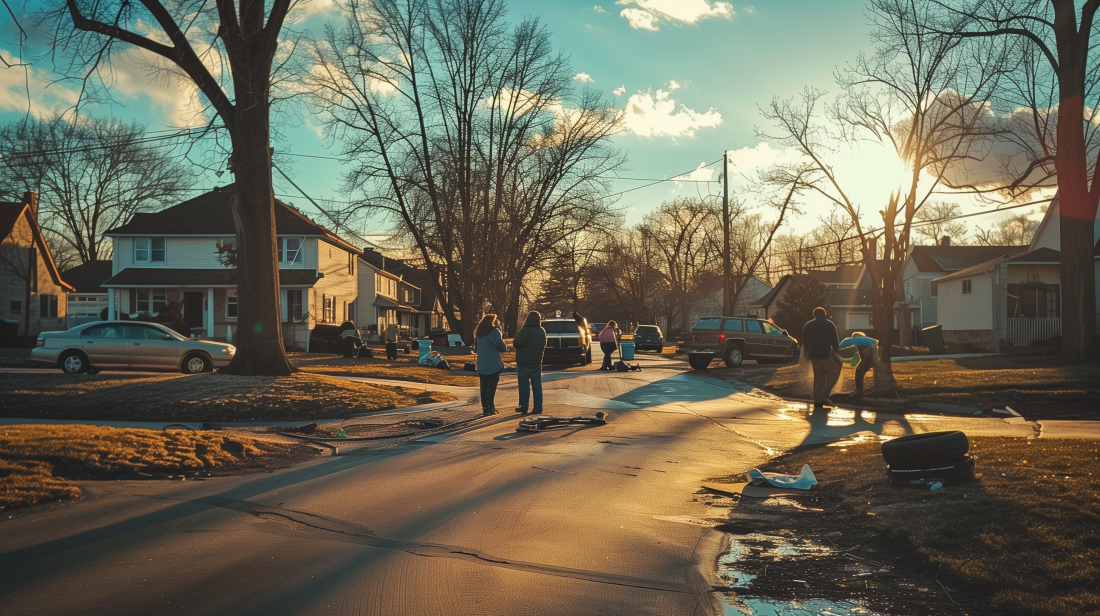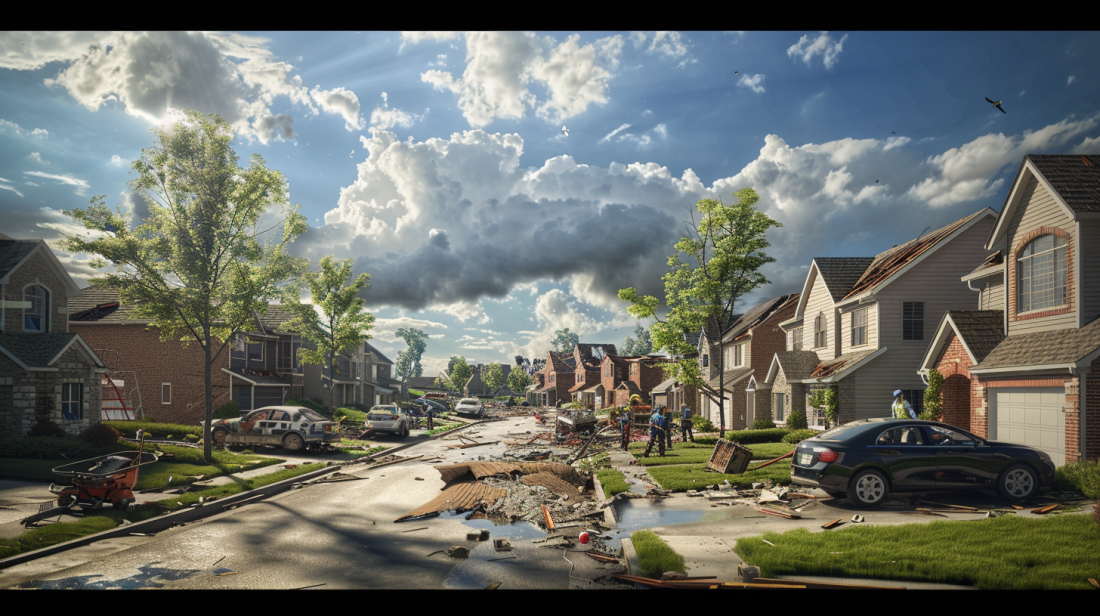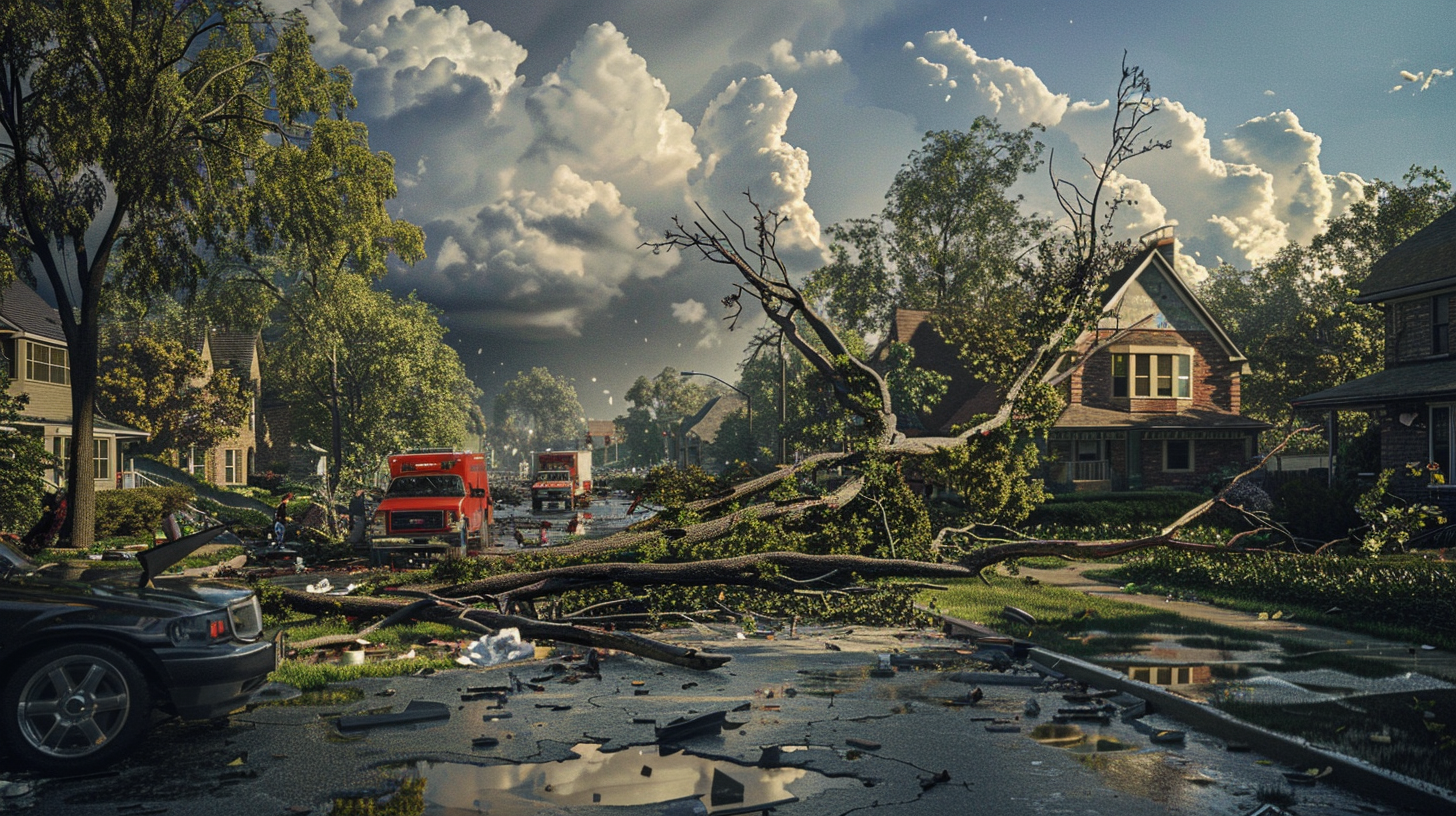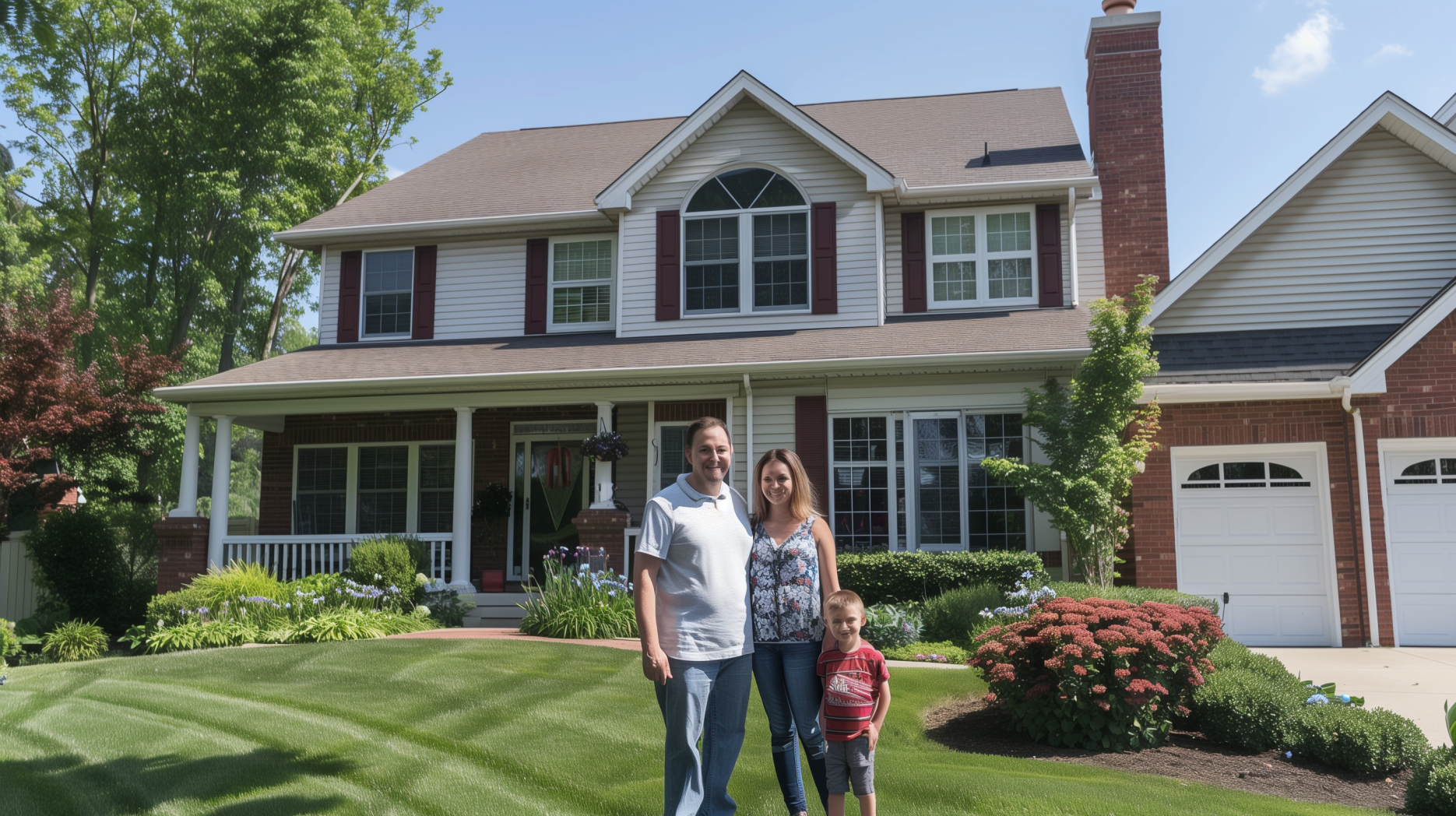Introduction to Post-Disaster Restoration: Ensuring Safety First
After a natural disaster, such as a flood, hurricane, or tornado, properties can be left with significant damage and hidden dangers. Ensuring the safety of occupants and workers during the initial assessment and subsequent restoration process is paramount. This blog provides a comprehensive guide based on the “Top 10 Tips for Post-Disaster Home Restoration” by the U.S. Department of Housing and Urban Development (HUD), focusing on recognizing and mitigating hazards before beginning any repair work.
Prioritizing Safety in Disaster Recovery
The Importance of Personal Protective Equipment (PPE)
Before entering a damaged building, it is crucial to wear appropriate personal protective equipment (PPE). This includes protective clothing and a NIOSH-approved respirator to prevent inhalation of toxic substances, such as mold spores and other particulates.
Assessing Structural Stability
Prior to entry, assess the structural integrity of the building. Look for signs of potential collapse or major structural damage. Avoid buildings with visible sagging or those that have been severely compromised by water damage or fire.
Identifying and Addressing Common Hazards
Mold – A Persistent Health Hazard
Mold can develop within 24 hours of exposure to moisture. It is critical to remove wet insulation and foam padding as these materials can harbor mold beneath dry surfaces. Follow the CDC and EPA guidelines for mold removal to ensure a thorough cleanup.
Lead and Asbestos – The Hidden Dangers
In homes built before 1978, assume the presence of lead-based paint and asbestos. Disturbing these materials without proper precautions can increase the risk of exposure. It is essential to follow EPA and HUD guidelines on handling these substances safely.
Radon – The Invisible Threat
Radon is a naturally occurring gas that can seep into homes through cracks in the foundation. It is vital to check radon levels and ensure proper mitigation techniques are followed to reduce indoor radon concentrations.
Planning for Effective Site Work and Restoration
Develop a detailed plan that includes a site work map, disposal and cleanup site layout, and a review of insurance policies and disaster assistance resources. This planning should guide the orderly and safe restoration of the property.
Hiring Qualified Professionals
Only engage licensed and insured contractors who are certified in their fields, such as Lead-Safe Certified Renovators and asbestos professionals. Verify their credentials through local licensing agencies to ensure they meet all legal and professional standards.
Restoring for Resilience
When rebuilding, choose materials and methods that enhance the durability and resilience of your home against future disasters. Consider hazard-resistant materials and improvements that promote energy efficiency and health.
Conclusion: Safety and Diligence in Disaster Restoration
Ensuring the safety of everyone involved in post-disaster restoration is a critical first step. By following established guidelines and hiring qualified professionals, homeowners can effectively mitigate risks and rebuild safer, more resilient homes.
For immediate service or consultation, you may contact us at Allied Emergency Services, INC.
Contact Information:
Phone: 1-800-792-0212
Email: Info@AlliedEmergencyServices.com
Location: Serving Illinois, Wisconsin, and Indiana with a focus on the greater Chicago area.
Disclaimer: This article is intended for informational purposes only. For professional advice, consult experts in the field.






